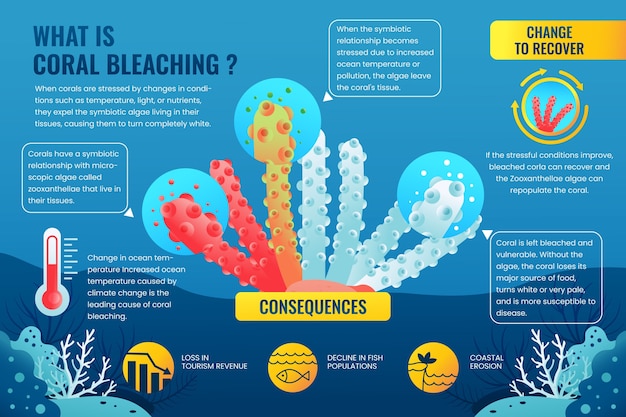Fascinating Facts About Sea Cucumbers

Sea cucumbers are not actually a vegetable, but a type of marine animal.
Sea cucumbers have a unique ability to regenerate their internal organs.
Some species of sea cucumbers can change colors as a form of camouflage.
Sea cucumbers are echinoderms, which means they are related to starfish and sea urchins.
Sea cucumbers play a vital role in marine ecosystems by recycling nutrients.
Sea cucumbers have a remarkable ability to expel their internal organs when threatened, which can sometimes confuse predators.
Sea cucumbers can live for up to 100 years.
Some cultures consider sea cucumbers a delicacy and use them in various dishes.
Sea cucumbers have tube-like feet that they use for locomotion.
Sea cucumbers breathe through their anus, taking in oxygen-rich water and expelling waste.
Sea cucumbers have a slimy texture that helps protect them from predators.
Some species of sea cucumbers produce toxins as a defense mechanism.
Sea cucumbers have a unique ability to reabsorb water, allowing them to change shape and size.
Sea cucumbers have a simple nervous system but can respond to stimuli.
Some sea cucumbers have incredible regenerative abilities, being able to regrow an entire body from just a fragment.
Sea cucumbers have been used in traditional Chinese medicine for centuries.
Sea cucumbers produce a substance called collagen, which is used in various skincare products.
Fascinating Facts About Sea Cucumbers part 2
Some species of sea cucumbers can produce beautiful and vibrant bioluminescent displays.
Sea cucumbers are bottom-dwelling creatures, often found in sandy or muddy areas.
Sea cucumbers have a specialized structure called a respiratory tree that helps with gas exchange.
Sea cucumbers have a cucumber-like shape, hence their name.
Sea cucumbers can be found in almost every ocean on Earth.
Sea cucumbers are incredibly efficient filter feeders, constantly removing microorganisms from the water.
Sea cucumbers have a slow metabolism and can survive for long periods without food.
Some species of sea cucumbers can regenerate their entire body from just a small piece, similar to a starfish.
Sea cucumbers are often preyed upon by fish, turtles, and some species of birds.
Sea cucumbers can expel sticky threads called cuvierian tubules to entangle and deter predators.
Sea cucumbers have been used in traditional medicine to treat various ailments, from arthritis to cancer.
Sea cucumbers are known for their ability to filter sediment and contribute to the overall health of coral reefs.
Sea cucumbers have tube feet with tiny suction cups that can help them grip onto surfaces.
Some species of sea cucumbers have a highly calcified body, making them more resistant to predation.
Sea cucumbers undergo a unique process called evisceration, where they can expel their internal organs to distract predators.
Sea cucumbers reproduce by releasing eggs and sperm into the water, where fertilization occurs externally.
Sea cucumbers can expel a cloud of sticky mucus as a defense mechanism, making it hard for predators to grab onto them.
Sea cucumbers are often associated with biodiversity hotspots, as they serve as indicators of a healthy ecosystem.
Some species of sea cucumbers are highly sought-after in the seafood market and can be quite expensive.
Sea cucumbers have a complex digestive system that allows them to break down tough plant material.
Sea cucumbers can change their body texture, becoming more flexible or rigid as needed.
Sea cucumbers are usually nocturnal, emerging at night to feed and search for mates.
Sea cucumbers can extrude long threads of collagen as a defense mechanism, which can entangle predators.
Sea cucumbers have a primitive circulatory system, relying on water movement to transport nutrients and oxygen.
Some species of sea cucumbers have tentacles around their mouth that they use to capture food particles.
Sea cucumbers play a crucial role in the carbon cycle by recycling organic matter on the ocean floor.
Sea cucumbers have a low reproduction rate, with females typically releasing a small number of eggs during each breeding season.
Sea cucumbers have been studied for their potential use in regenerative medicine due to their remarkable ability to regenerate tissues.

